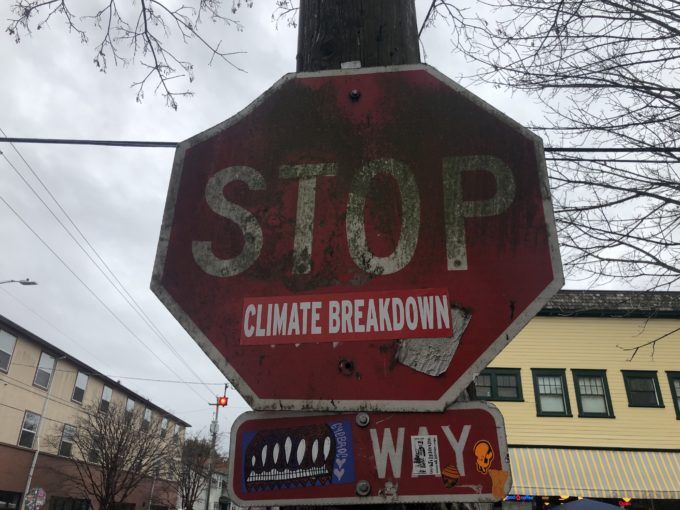Moreover, as scientists say when it comes to data, “garbage in, garbage out.” That seems to be the case since, as reported by the Washington Post, the actual carbon emissions gap between what 192 nations claim to emit versus actual emissions “ranges from at least 8.5 billion to as high as 13.3 billion tons a year of underreported emissions.” To put it in perspective, the low number equals the annual emissions from the entire U.S., the world’s second-largest polluter, and the high number equals that of China, now the world’s largest polluter. Garbage in, garbage out. And so much for promises based on bull-pucky data.
The non-environmental effects of the daily toll we are inflicting on the planet may also be increasing. Take for instance Montana’s record suicide levels, reaching about twice the national average per 100,000 population. In response, more funding, facilities and assistance are being mobilized to deal with the crisis.
But what if a major factor in deciding to commit suicide, especially among young people, is the very real possibility that there is no bright future awaiting them? What if lacking a positive vision of the world to come raises questions about if life is worth living? Americans have always believed, hoped for, and worked to give the coming generations a better life than preceding generations. But now that goal seems increasingly out of reach.
Anyone who has raised a family knows if you break the promises you make your children, they soon cease to trust or believe you. It’s not much different right now as we watch world leaders make promises they have broken time after time. Considering there were more operatives from fossil fuel industries at the climate conference than those representing their nations — and their success at once again gutting climate goals — COP-26 would unfortunately, but undeniably, be more accurately described as COP-out 26.
